By Christopher Miskimon
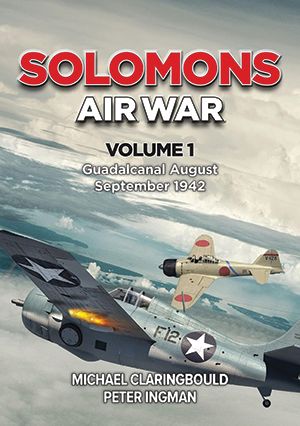 At 1 p.m. on August 7, 1942, Lieutenant (jg) Gordon Firebaugh took off from the carrier USS Enterprise leading six Grumman F4F Wildcat fighters. Their mission was to function as the combat air patrol for the transports landing troops at Guadalcanal. They soon spotted a force of Japanese Betty-type bombers and gave chase. They caught up to the bombers after pursuing for 80 miles. Firebaugh saw only three escorting enemy Zeroes, so he ordered an attack. As he went after the lead Zero, it soon became apparent he had missed the other 13 enemy fighters which now attacked his smaller group. Firebaugh’s wingman took heavy fire and was quickly shot down. Machine-gun bullets peppered Firebaugh’s Wildcat as he maneuvered wildly. As he flew for his life, an enemy fighter appeared in his sights, and he shot it down. This brought the attention of other Japanese pilots, and Firebaugh’s Wildcat was soon aflame. Severely burned, the American managed to bail out and swim to nearby Santa Isabel Island. There, a coastwatcher named Geoffrey Kuper helped him, and he returned to Tulagi on August 16.
At 1 p.m. on August 7, 1942, Lieutenant (jg) Gordon Firebaugh took off from the carrier USS Enterprise leading six Grumman F4F Wildcat fighters. Their mission was to function as the combat air patrol for the transports landing troops at Guadalcanal. They soon spotted a force of Japanese Betty-type bombers and gave chase. They caught up to the bombers after pursuing for 80 miles. Firebaugh saw only three escorting enemy Zeroes, so he ordered an attack. As he went after the lead Zero, it soon became apparent he had missed the other 13 enemy fighters which now attacked his smaller group. Firebaugh’s wingman took heavy fire and was quickly shot down. Machine-gun bullets peppered Firebaugh’s Wildcat as he maneuvered wildly. As he flew for his life, an enemy fighter appeared in his sights, and he shot it down. This brought the attention of other Japanese pilots, and Firebaugh’s Wildcat was soon aflame. Severely burned, the American managed to bail out and swim to nearby Santa Isabel Island. There, a coastwatcher named Geoffrey Kuper helped him, and he returned to Tulagi on August 16.
This new volume cements the author’s reputations as two of Australia’s leading authorities on the air war in the South Pacific. This work is beautifully illustrated, and the narrative is well-detailed with battle stories and information on both the tactical and operational levels of the aerial combat around Guadalcanal.
Solomons Air War Volume 1: Guadalcanal August-September 1942 (Michael Claringbould and Peter Ingman, Avonmore Books, Kent Town, Australia, 2023, 248 pp., maps, photographs, appendices, notes, bibliography, index, $48.95, softcover)
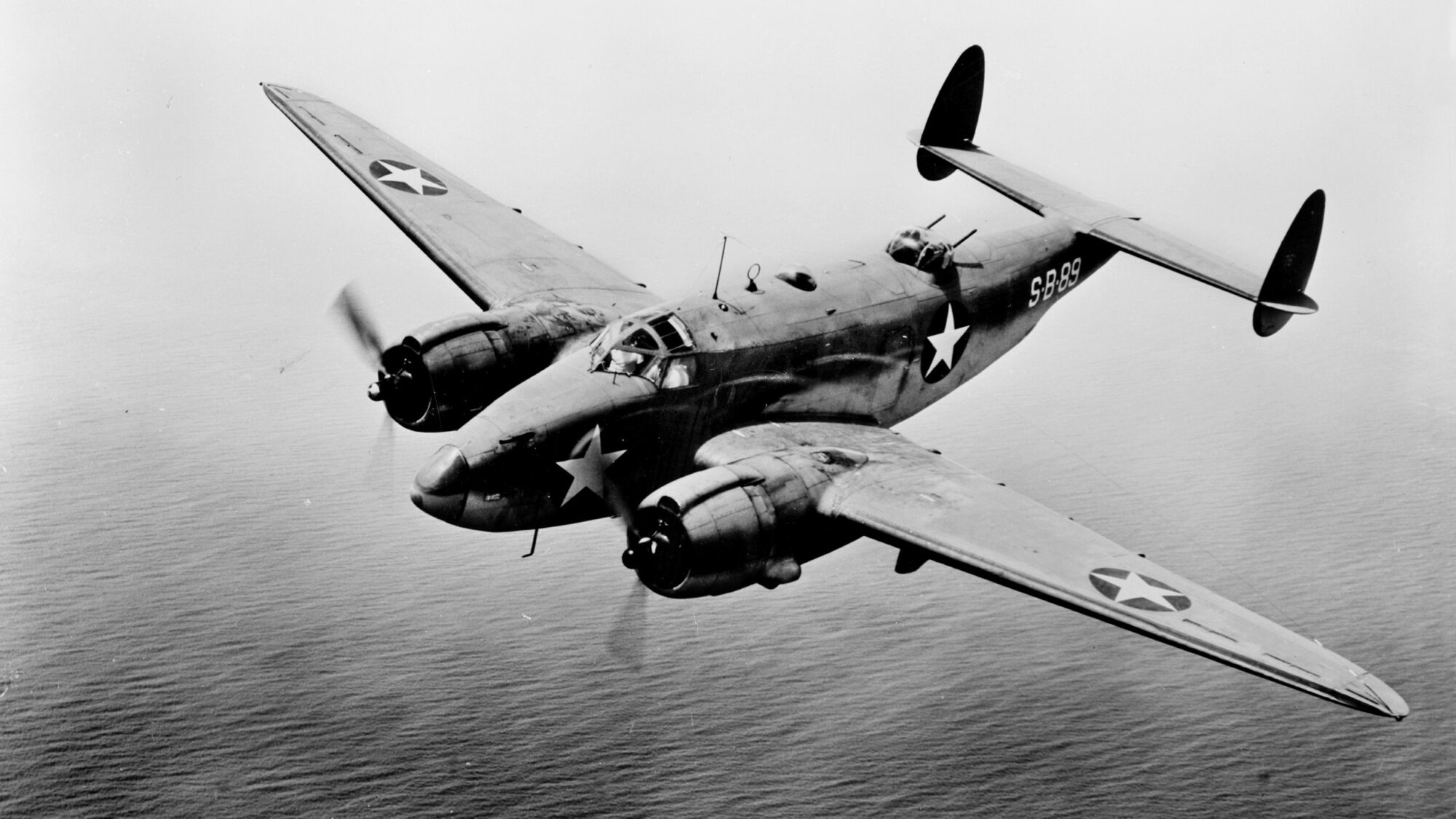
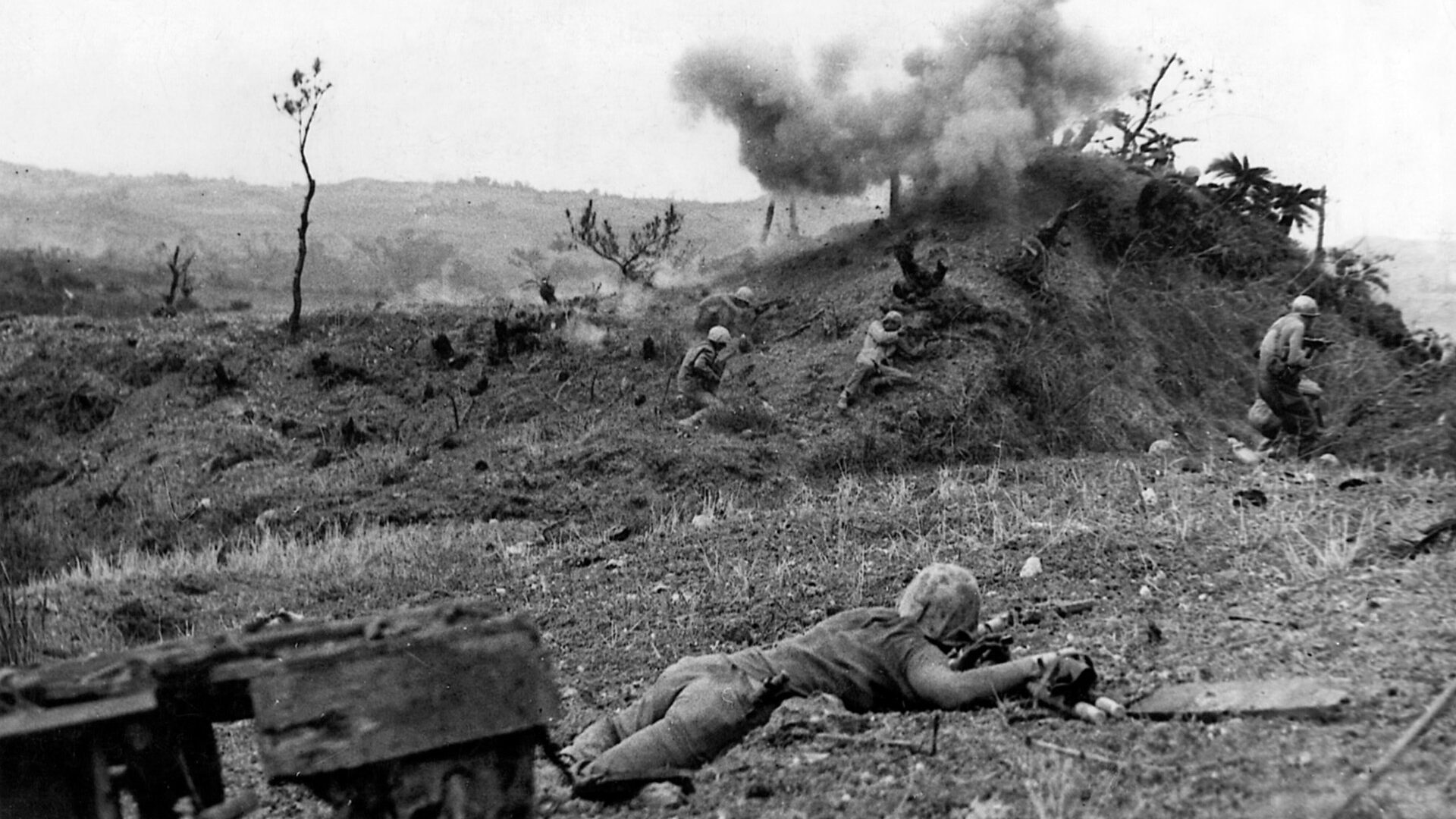
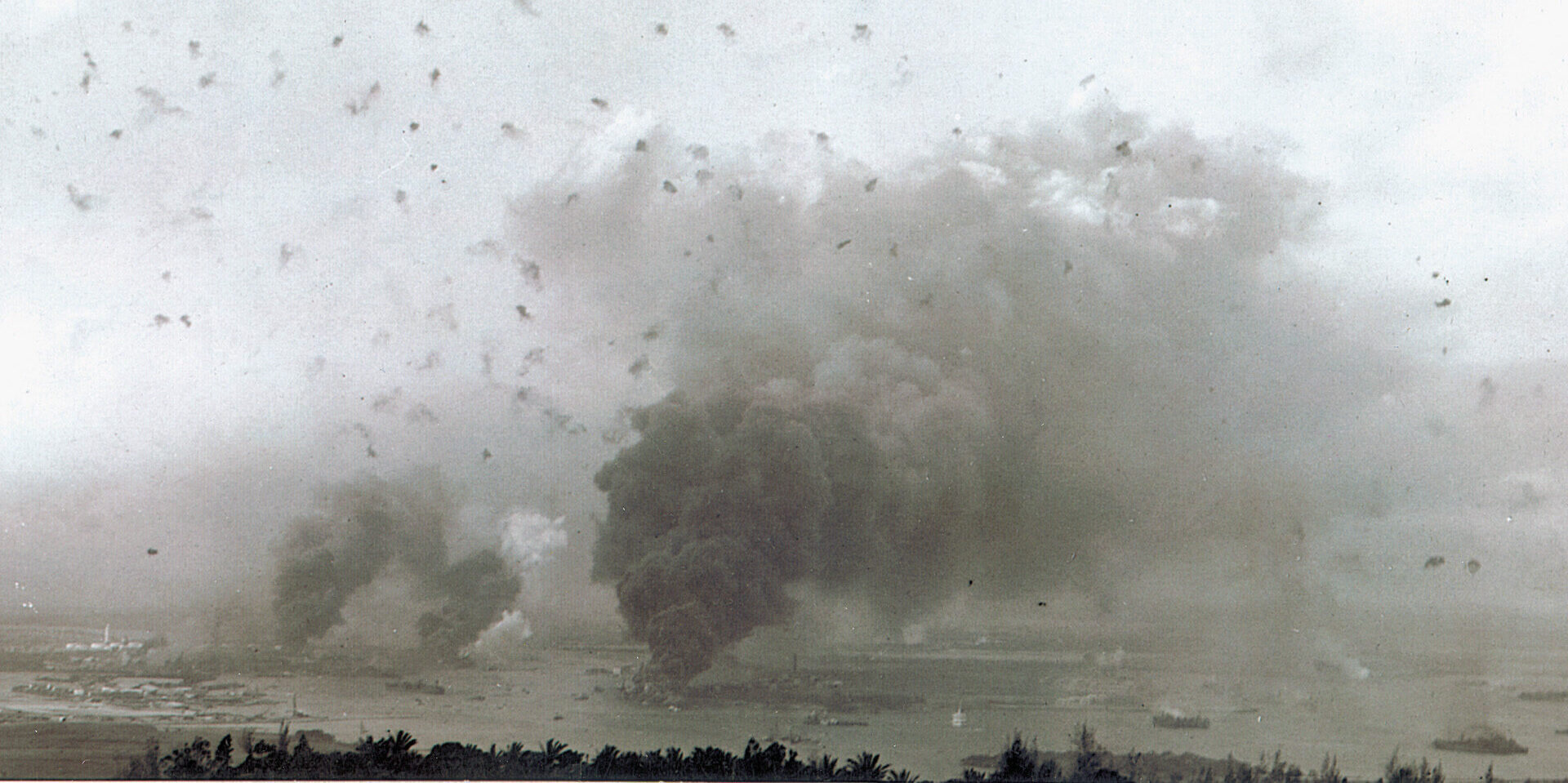
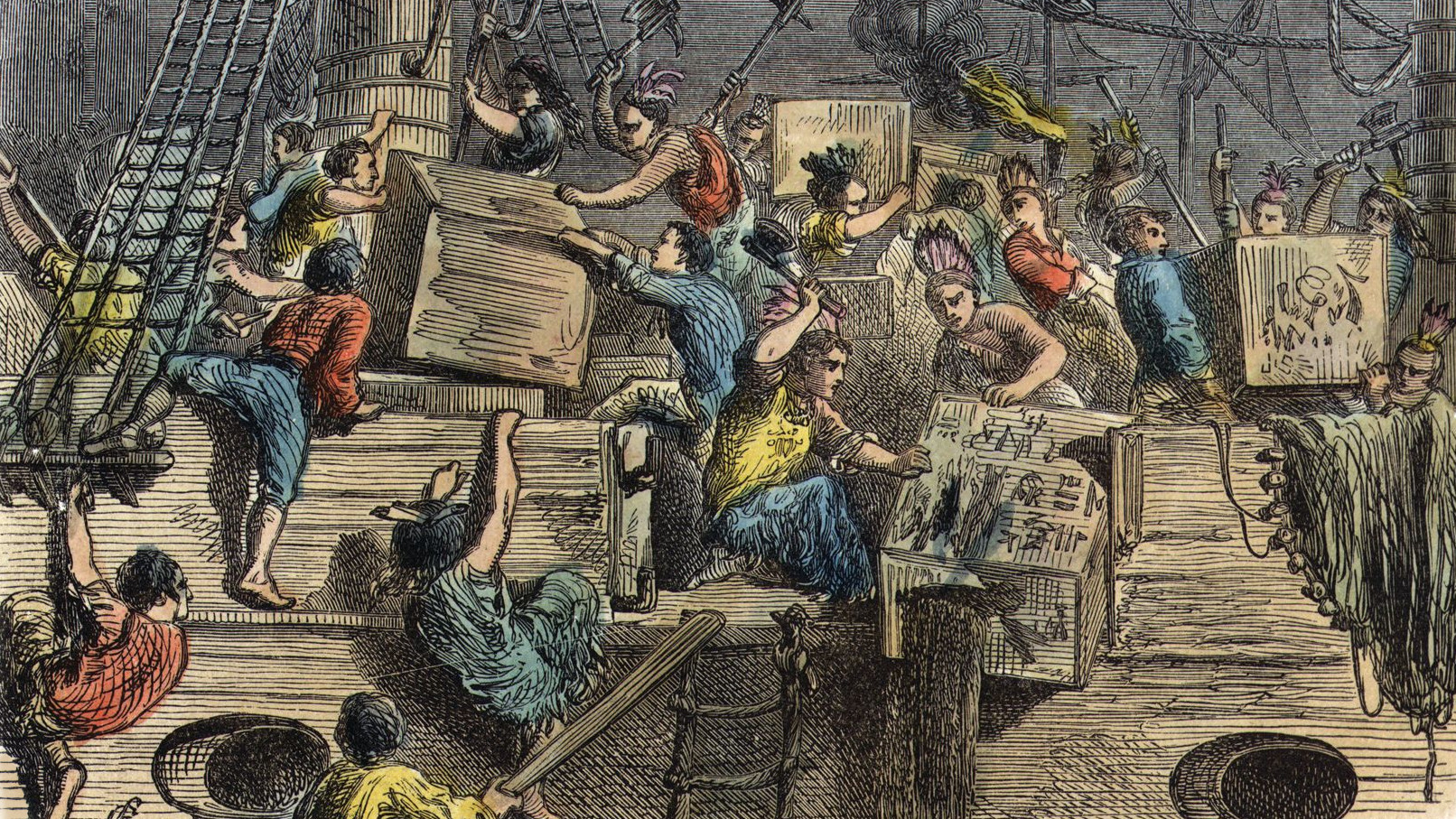

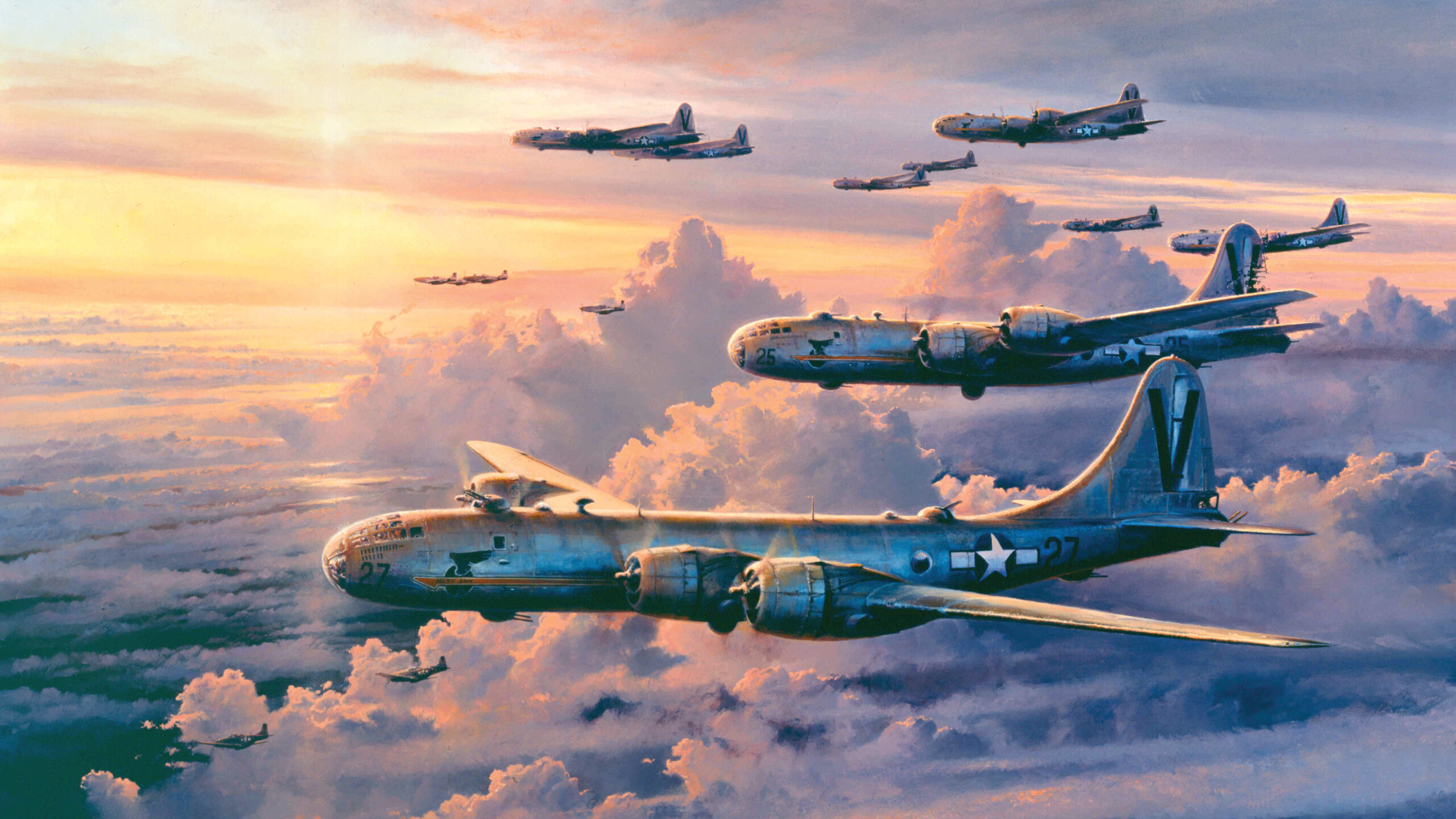
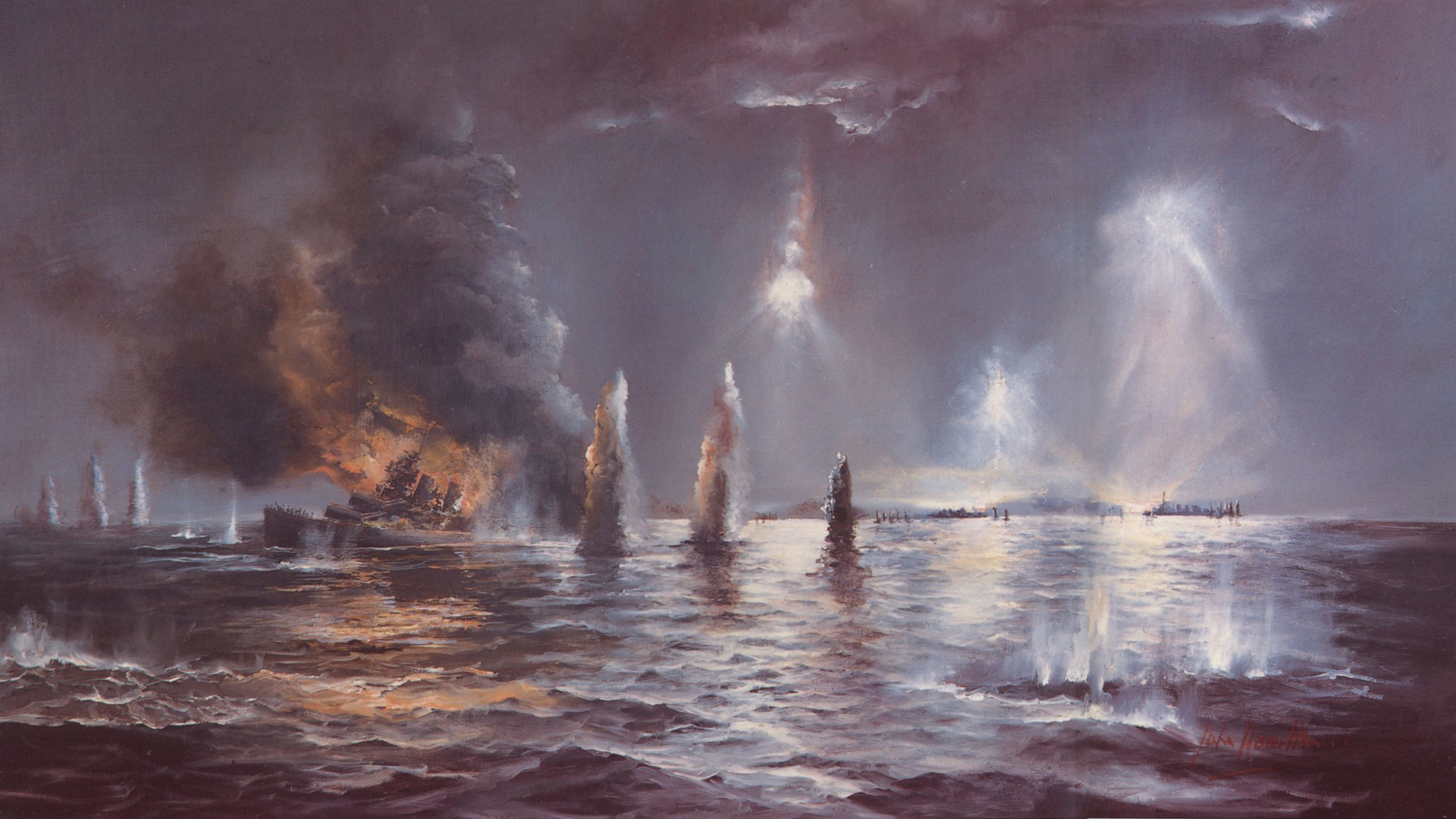
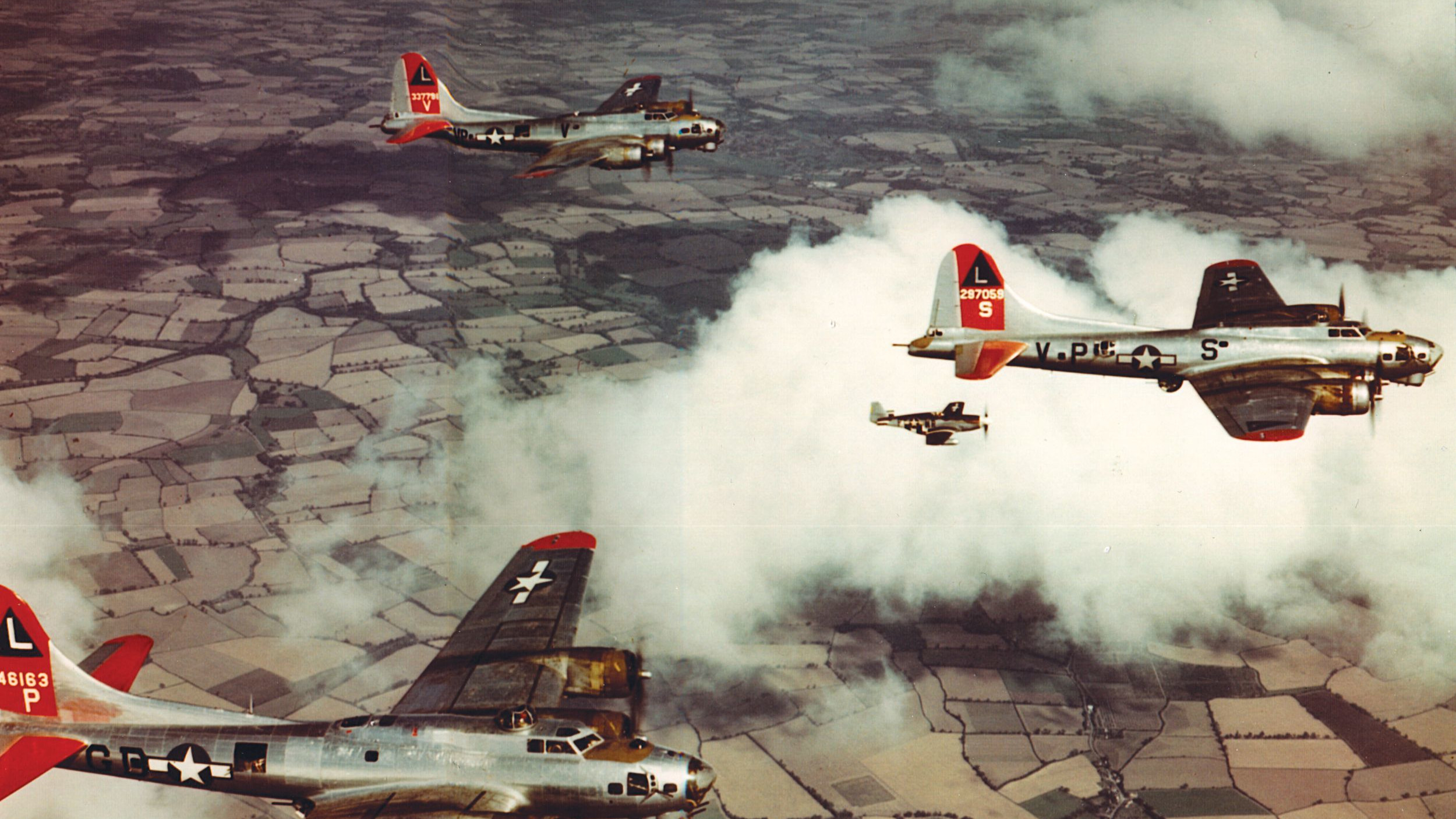
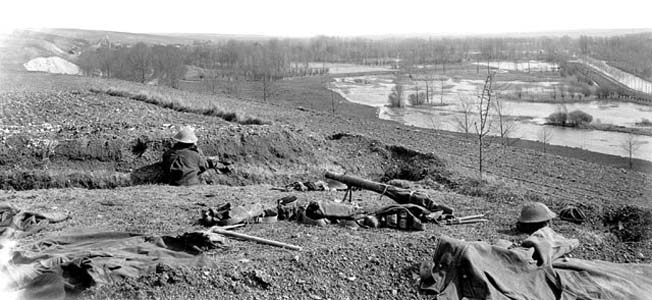
Join The Conversation
Comments